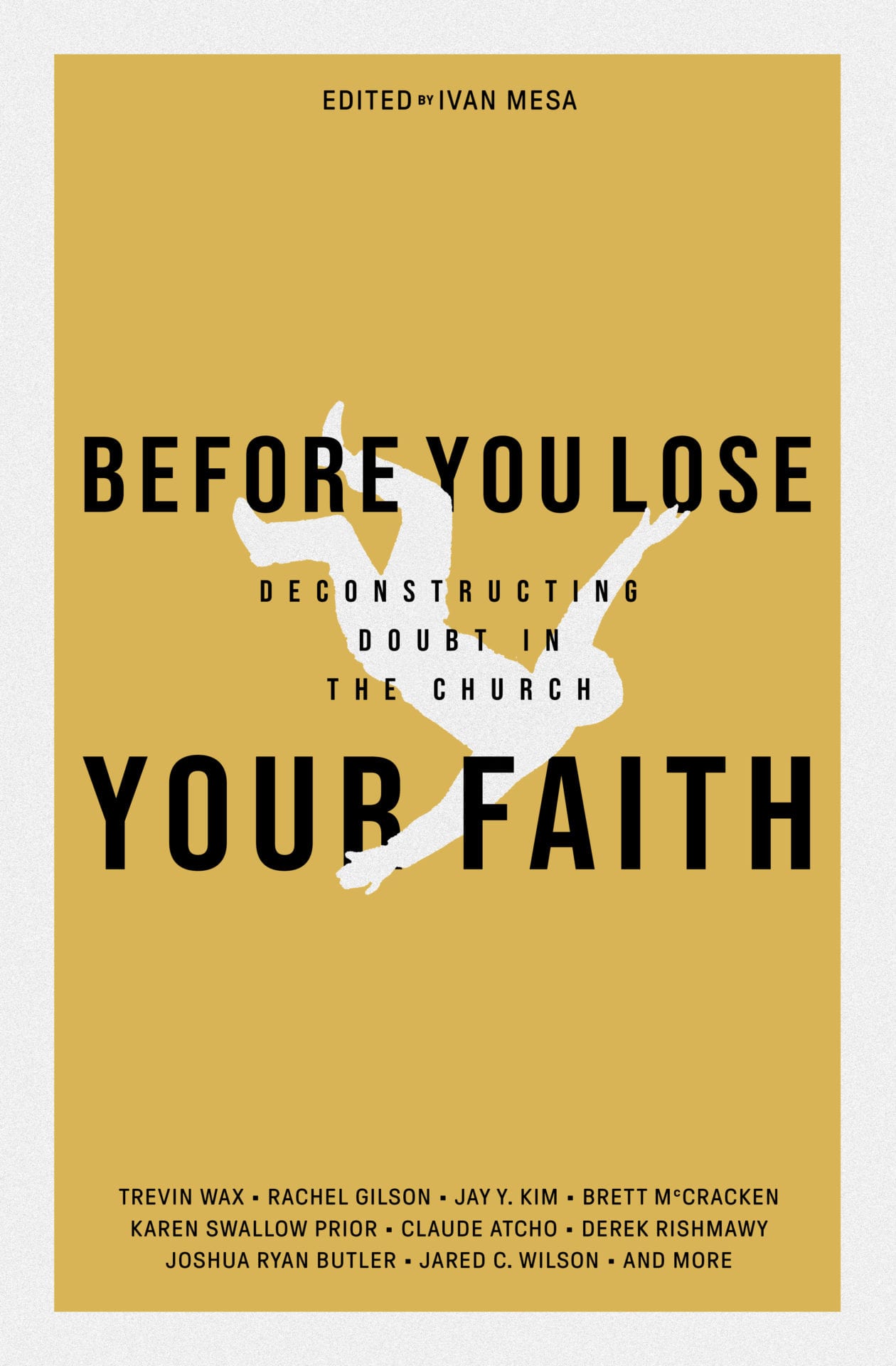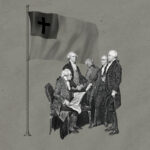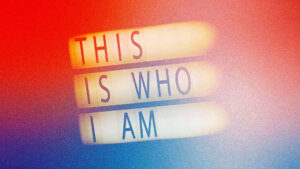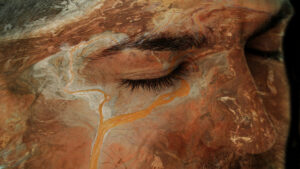What’s the story?
A team led by a computer science professor from the University of Kentucky created a new process called “virtual unwrapping” to read the En-Gedi scroll. The technique led to the discovery of the oldest copy of a Pentateuchal book ever found in a Holy Ark.

What is the En-Gedi scroll?
En Gedi is located in Israel on the western shore of the Dead Sea, near the Qumran Caves (where the Dead Sea scrolls were recovered). The site was home to a large Jewish community from the eighth century BC (the era of Jonah, Amos, Hosea, Isaiah, and Micah) until about AD 600.
In the 1970s archaeologists excavated charred remains of scrolls from the Holy Ark of an ancient synagogue located on the site. As noted in the newly published research article, “From damage to discovery via virtual unwrapping: Reading the scroll from En-Gedi”:
Each fragment’s main structure, completely burned and crushed, had turned into chunks of charcoal that continued to disintegrate every time they were touched. Without a viable restoration and conservation protocol, physical intervention was unthinkable.
Because they could not be examined without damage, the Israel Antiquities Authority had, until recently, kept the scroll fragments preserved in storage.
If the scrolls were damaged by fire, how did the research team discover the text?
The computer imaging techniques that were used are complex and highly technical. But this video provides a helpful overview of the “virtual unwrapping” process.
What text was found on the scroll?
The text contains the first two chapters of the book of Leviticus. The article notes that the manuscript contains 35 lines (18 preserved and another 17 that were reconstructed) and that the lines contain “33 to 34 letters and spaces between letters.” Also included is “large blank space” that “leaves no doubt that what is preserved is the beginning of a scroll, in this case a Pentateuchal text: the book of Leviticus.”
How old is the scroll?
On the basis of paleographical considerations (i.e., study of ancient and historical handwriting), some scholars believe the scroll may be dated from the first or second century AD (somewhere between the time of Jesus and the Apostolic fathers). However, radiocarbon results date the scroll to the third or fourth century AD.
In either case, the scroll is the oldest to be found in a Holy Ark (the receptacle in a synagogue the Torah scrolls were housed).
What is the significance of the discovery?
Most Bible translations are based on the Masoretic Text, a Hebrew version of the Old Testament compiled by a group of Jews known as the Masoretes somewhere between the seventh and tenth centuries AD. As the research article notes, “The text deciphered thus far is completely identical with the consonantal framework of the medieval text of the Hebrew Bible, traditionally named the Masoretic Text.”
The scroll, as archaeologist Emanuel Tov explains, is “100 percent identical with the medieval texts, both in its consonants and in its paragraph divisions. The same central stream of Judaism that used this Levitical scroll in one of the early centuries of our era was to continue using it until the late Middle Ages when printing was invented. . . . [T]he scroll brings the good news that the ancient source of the medieval text did not change for 2,000 years.”
Archaeologist Michael Segal adds that the En-Gedi scroll “teaches us that the [biblical] text that we have that is used today as the traditional text is a very ancient text in all of its details.”
In addition to the importance of the textual find, the process used to read the scroll may allow scholars to read other, even more ancient, documents. As Noam Mizrahi, a Dead Sea Scrolls expert at Tel Aviv University, told the Associated Press, “It's not only what was found, but the promise of what else it can uncover, which is what will turn this into an exciting discovery.”
Free Book by TGC: ‘Before You Lose Your Faith’
 Many young people are walking away from Christianity—for reasons ranging from the church’s stance on sexual morality, to its approach to science and the Bible, to its perceived silence on racial justice.
Many young people are walking away from Christianity—for reasons ranging from the church’s stance on sexual morality, to its approach to science and the Bible, to its perceived silence on racial justice.
TGC’s book Before You Lose Your Faith: Deconstructing Doubt in the Church is an infusion of hope, clarity, and wisdom in an age of mounting cynicism toward Christianity.
For anyone entering college or the workplace and looking for a timely reminder of why Christianity is good news in a skeptical age, make sure to get your FREE ebook Before You Lose Your Faith today!


































